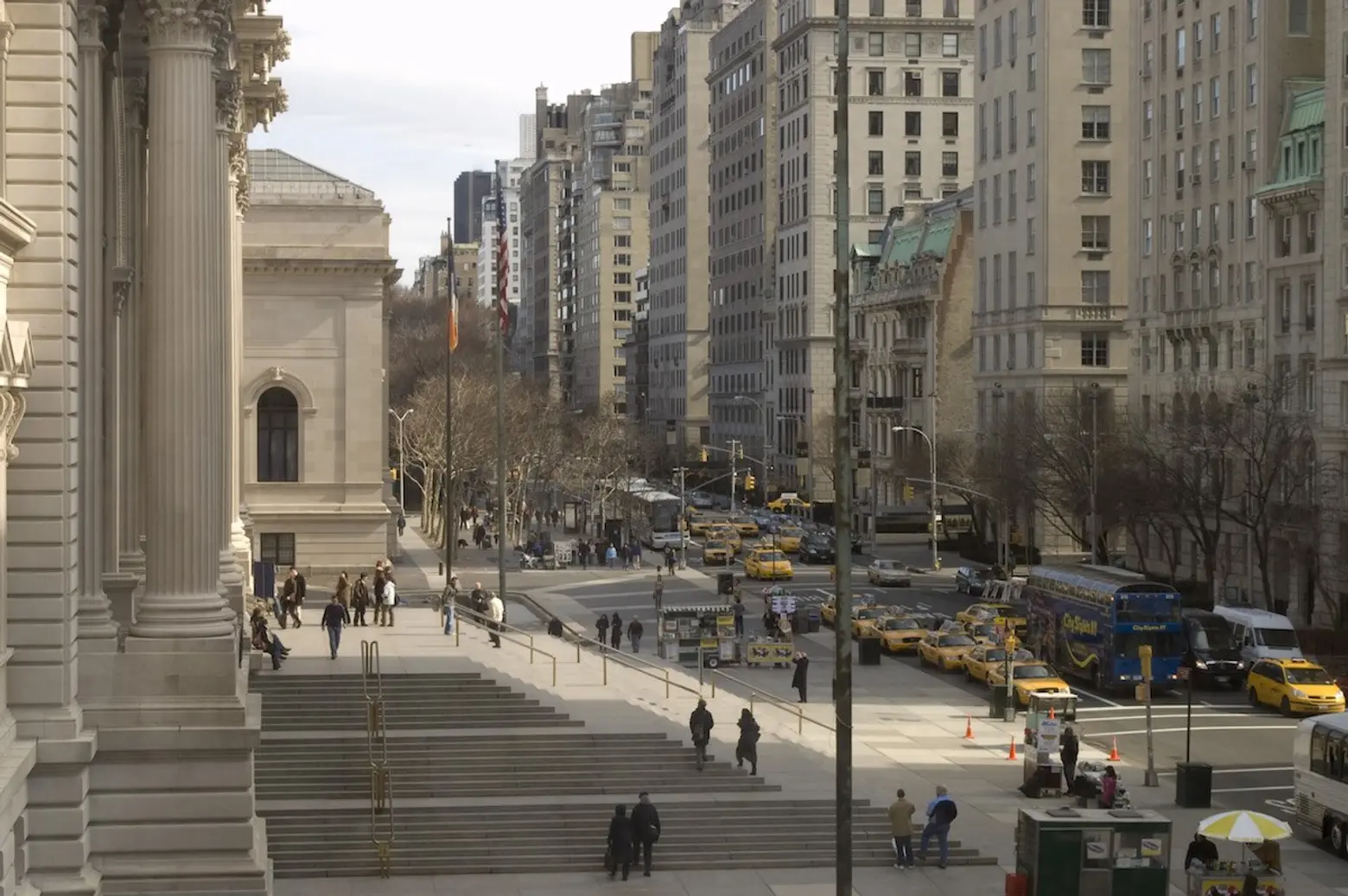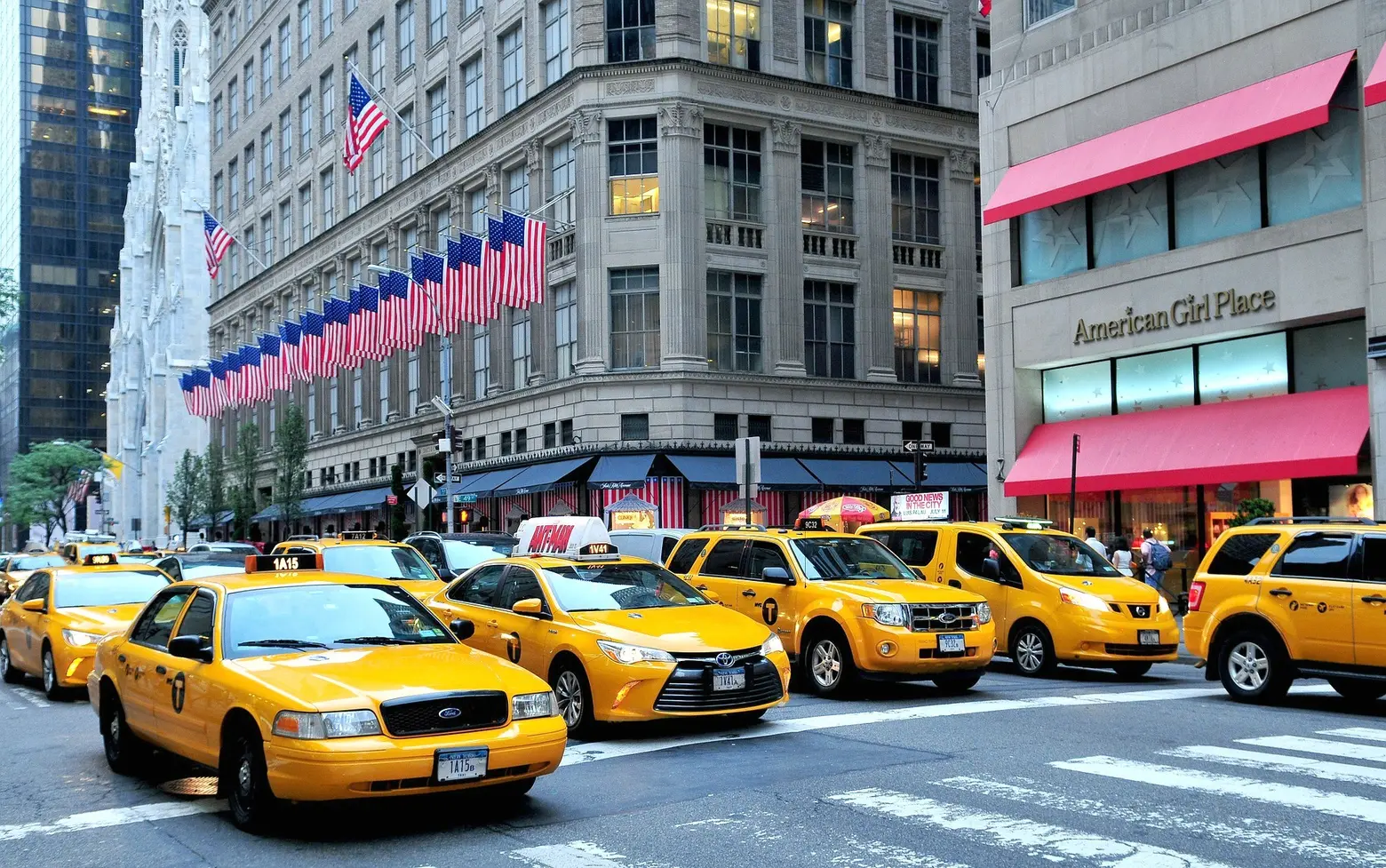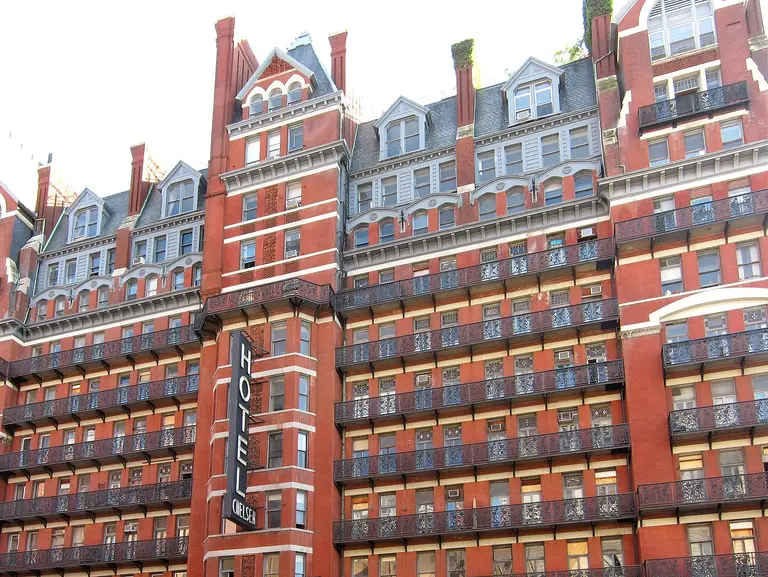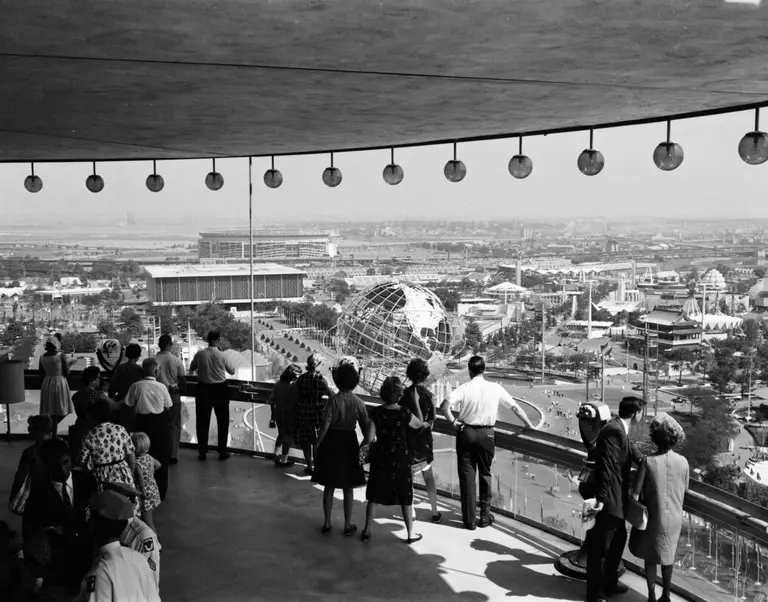How Fifth Avenue bigwigs kept New York City from getting a new address system

Fifth Avenue from the Metropolitan. Image: Wiki Commons.
Finding addresses on most of Manhattan’s streets and avenues is a pretty easy task in most places. Cross streets make sense thanks to the decimal system-based numbering that began in 1861, when each street block between two major avenues was assigned a set of 100 numbers. And we have this nifty algorithm for avenues, right? It all works…except when it doesn’t. And we’ve spent centuries trying to tame the city into an easy equation. But there are always outliers–and we always wonder why. If you look on the address algorithm chart, Fifth Avenue doesn’t fit easily into the “all” category. This is nothing new: According to The New York Times, in 1940 the Avenue of legend nixed a plan to renumber avenue addresses throughout the city because its wealthy business bigwigs didn’t want to have to change their letterhead.

Image: MaxPixel
The city’s main grid plan dates back to 1811; in 1838 the city began using Fifth Avenue as a dividing line, giving cross streets “East” and “West” addresses, with numbers increasing in either direction as you move away from Fifth Avenue.
As for the avenues, to be fair, the proposed 1940 change might have made avenue navigation even more confusing by using the three-part system that’s in use in Queens: the cross street just to the south, followed by a hyphen and a building number. The city’s postmaster suggested this system after too many frustrated mail carriers and delivery people were stopped in their tracks by what had become a harum-scarum, block-by-block jumble with new buildings interrupting any order that might have existed.
But the prospect of an orderly avenue didn’t sit well with the Fifth Avenue Association, who claimed the plan cause “substantial hardship” for well-heeled residents and businesses, because “Business records, stationery, machines and products advertised by the street number of their Fifth Avenue makers would have to be changed at great expense.” The proposal was scrapped.
Even now, address numbers aren’t as reliable as we might think. Borough presidents actually have the authority to renumber buildings. In the 1980s, “vanity” addresses became popular to help Manhattan developers sell pricey properties. That’s when 111 East 45th Street, 164 West 66th Street and 470 Eighth Avenue, for example, became the oh-so-covetable 237 Park Avenue, Three Lincoln Center and 12 Penn Plaza, respectively.
[Via NYT]
RELATED:




























